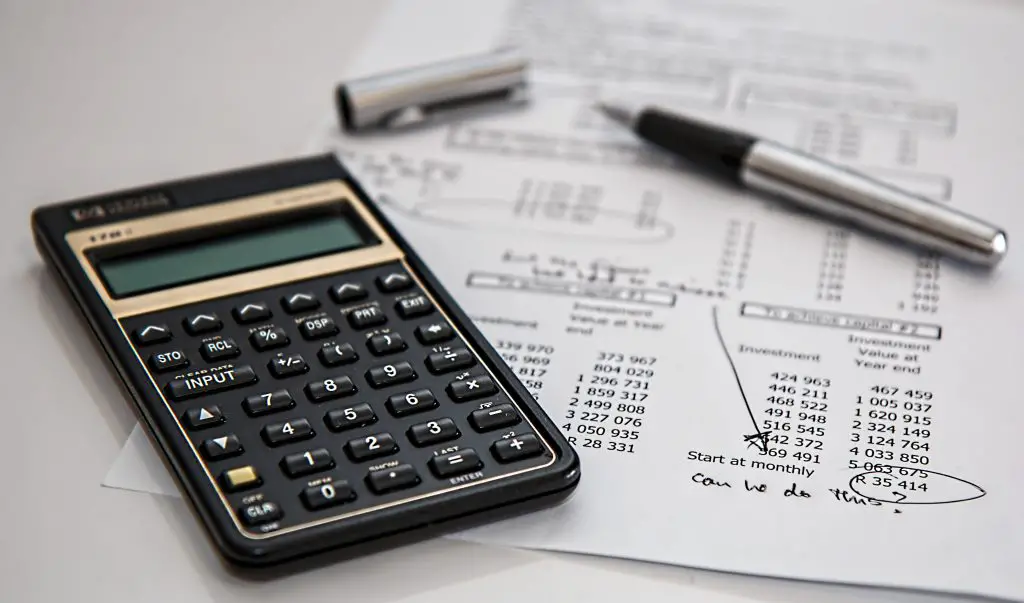There are two important things to consider before deploying capital with any trade, investment, loan, or business venture. Both the return on investment (ROI) and also when and if you will have a return of the investment capital itself must both be understood. Whether the potential for return is worth the risk taken depends on your own risk tolerance and return goals.
The return on investment or ROI is the ratio between net profit and the cost of an investment. This is measured over a specific period of time by the results of investment returns on the capital allocated.
A good ROI is defined by an investment’s returns in comparison to the cost, risk, and time in an asset. ROI is a performance metric used to measure and evaluate the quality and efficiency of an investment. ROI can also be used to contrast the effectiveness of different types of investments. It is a technique used in finance for correlating the quality of profits earned to the amount of capital invested.
The other less considered factor for an investment is the return of investment. Considering this factor looks at both when you will have your capital returned to you and whether you have a chance to lose it all.
If you invest capital in a company start up you may receive no annual returns in the first months or years but have a chance for a big payout if the company grows enough where you can sell your private equity stake for a profit or have huge gains if the company goes public and you can sell your shares in the stock market after an initial public stock offering (IPO) for a return on investment and a return of investment all at one time. A start up investment has some of the best potential return possibilities and also the greatest risks.
If you watch the television show Shark Tank you may hear Kevin O’Leary ask the entrepreneur pitching “How will I ever get my money back?” This is the question of return of investment, as an equity holder the investor owns a share of the company but is not entitled to a dividend or profit sharing unless stipulated in the purchase agreement. Most companies, even large established ones often do not pay dividends to shareholders. The return on investment is in capital gains on the value of the equity ownership as the company is worth more. Kevin O’Leary loves royalty deals to get a return on investment and also a way to get some return of his investment.
Return on investment also is a consideration of the risk of ruin of your investment where your capital could go to zero. This is what happened to the investors in Bernie Madoff’s fund where investors saw a fake return on investment of approximately 1% a month and usually over a 12% annual return. In the long term however for investors in Madoff’s fund that did not withdraw their money from him saw no return of investment except what the government could payout after seizing remaining Madoff fund and personal assets.
Many times the riskier the investment the higher the potential for returns. Usually the best way to grow capital is through compounding over the long term not trying to grow it all at once. You want your money back with returns that made the risk worth it.
When making investment decisions you must consider not only the returns you could receive on your capital but also the risk of never getting any of your money back. Choose wisely.
